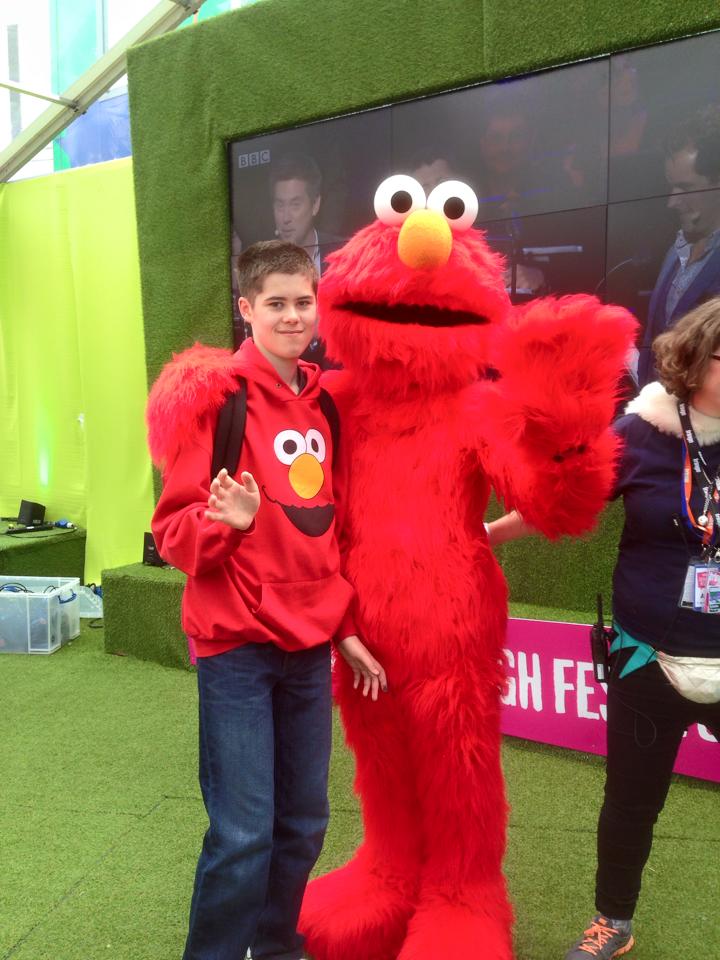Jack and Challenging Behaviour
Jack was 14 years old when we worked with him and has a diagnosis of autism, epilepsy and a learning disability. He lives at home with his mum and dad and attends a special needs school. He has strong opinions on what he wants to do. Although he enjoys a few interactive activities such as swimming, he mostly enjoys things he can do by himself such as drawing. Jack could ask for things that he wanted and needed, the problem came if the answer was ‘no’. His parents felt they were on eggshells trying to avoid saying ‘no’ to things and in situations where this was unavoidable, Jack’s behaviour would escalate and present a risk to himself and those around him. We worked on this skill for just over a year so that Jack could cope with this inevitable part of day to day life.
Before our involvement, Jack had difficulty in being able to accept both being told ‘no’ to something that he had asked for and when being told that he could not do something that he was already engaged in (often this was something dangerous that his parents wanted him to stop doing). When these situations occurred, Jack’s behaviour often became challenging. His parents were using a number of tactics to try and avoid these situations. This meant that those around him were constantly trying to avoid and manage situations where Jack needed to be told ‘no’. There were also inevitably situations where being told ‘no’ couldn’t be avoided and in these situations Jack’s behaviour placed himself and others at risk.
How we helped
After developing a positive working relationship with Jack, we identified all the strategies the family were currently relying on to prevent problem situations. We found that there were 5 main strategies that reduced the chances of Jack’s behaviour escalating when his parents couldn’t say ‘yes’ to what he wanted.
They would offer him an alternative, if they could, something they hoped was even more appealing to Jack
They avoided using the actual word ‘no’ and instead used phrases like “maybe later”
They kept their tone very light and non-confrontational
They would tell him when the answer would be ‘yes’ e.g. ‘you can do that after dinner’
They would avoid answering the question and try and distract him with an instruction instead e.g. “Let’s go over here and do…’
The problem with all of these strategies was that it simply wasn’t possible to always do one or some of them. For instance, if Jack was doing something very dangerous like climbing on top of a wardrobe none of these strategies worked. Nothing was more appealing to Jack in the moment so he wasn’t interested in an alternative and was unlikely to follow an instruction. His mum got such a fright when she saw him clambering up that she shouted ‘no!’ in fright before she could help herself. In this scenario, the answer would never be ‘yes’, it would never be a safe and ok thing to do.
So our intervention was about systematically and gradually removing these strategies so that Jack could be told ‘no’ without it leading to an escalation of his behaviour. By working through each factor one at a time, we reduced the likelihood of Jack resorting to inappropriate behaviour quite as often as he would have done otherwise. We also had to add in some reinforcement, a way of rewarding Jack for managing to behave appropriately when told ‘no’ and increasing the likelihood of him doing the same in future. This was generally a Frutella, which he loved and his mum could always have a packet in her pocket so in any situation where he coped with being told ‘no’ she could make sure something good happened for him straight away. This was in contrast to if his behaviour escalated. We would wait until he was calm and, in the meantime, we wouldn’t offer or give him anything. This would reduce the chances of this occurring again in the future. When he was calm, we directed him to something that he could do but wasn’t one of his favourite things. This was done to help highlight to Jack that it was best for him to calm down as quickly as possible.
Our Project Worker Callum saw Jack once a week for an hour. Callum devised a hierarchy of these strategies that we needed to tackle and worked through them one at a time. Once confident that Jack could accept ‘no’ without that particular strategy, the family would work on that same issue during the rest of the week. And we would then move on to the next.
After a year and three months with a weekly visit from the Project Worker, Jack is now able to accept being told ‘no’ by his family without an issue. They are able to tell him ‘no’ both when he has asked for something and when he has attempted to engage in something without resorting to offering him alternatives or telling him when he is able to do it in the future. Since our involvement, the family have continued to be able to tell Jack ‘no’ without problem behaviour and have reduced the amount of times that they give Jack anything extra for accepting being told ‘no’.



